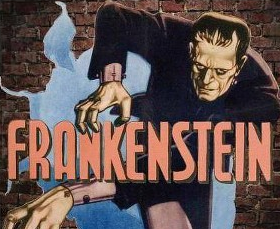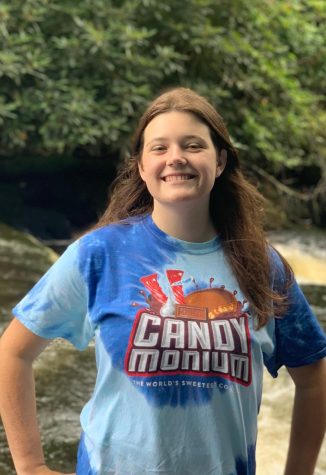202 Years After The Monster
Frankenstein is a classic. But how much do you really know about it?

Mary Shelley wrote Frankenstein, also known as The Modern Prometheus, in 1818 when she was just 20 years old. Now, Frankenstein’s monster has become a modern horror icon, appearing as a character in multiple films and inspiring other characters, such as Lurch from The Addams Family.
Frankenstein has meant many different things for people. For Boris Karloff in the 1930s, Frankenstein’s monster was the role that kick-started his career. For modern decoration and costume companies, Frankenstein’s monster sells countless costumes each year and creates a myriad of decorations.
The original 1818 version of Frankenstein is a short read. At just over 150 pages, it’s a quick novel (if you can get past the 19th century dialect). Frankenstein isn’t scary, at least not like the movies want you to believe. He doesn’t lurch around and mumble. The story of Frankenstein and his monster is a sad one, one of a scientist who went too far and one of a monster who doesn’t want to live. This novel truly is horrifying in the deep sorrow that Shelley has created.
Surprising for most, Frankenstein’s creature thinks critically. For a long time, I could not conceive how one man could go forth to murder his fellow man, or even why there were laws and governments. But when I heard details of vice and bloodshed, my wonder ceased, and I quickly turned away with disgust and loathing. The monster shows a deep understanding of the world, even when he has just entered it, and Frankenstein’s creature shows us how the world can turn an innocent mind into a monster.
Frankenstein is a commentary on society and the role man should play in science. It’s a novel that makes you think about what the phrase “playing God” means. Up to this point, I had not fully understood the complexities of what actually was Victor Frankenstein, his monster, and their tale beyond a tall man with bolts in his neck or a Halloween decoration. I knew at a basic level what Frankenstein’s monster represented, but I didn’t understand the complex emotions behind it.

Madison Roberts is a junior at Marist and a new staff writer for the Blue and Gold. When she's not writing articles, she can be found working on her novel, taking care of her plants, or playing guitar. Madison is a member of Marist Color Guard, the Marist Podcasting Club, and a part-time employee at Pike Nurseries. Her favorite things to do are hanging out with her cat and listening to rock music. She is excited for the opportunity to write for the Blue and Gold.


